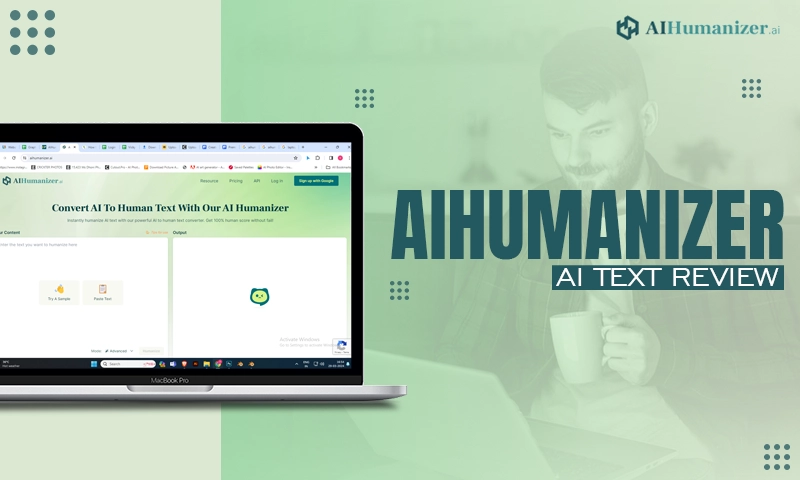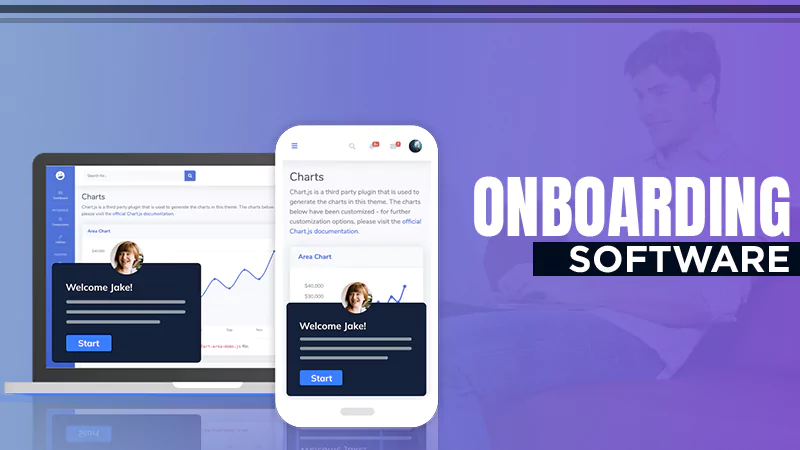SaaS Security: The Basic 5-Steps Checklist for SaaS Startups
The most important goal of any SaaS startup is to build a successful and scalable business. This means that you need to create a product that customers want and can afford, and then market it effectively. However, many other factors should be considered during the project discovery phase as well – including your security strategy. In this blog post, we will discuss what you should do before launch, during the beta period, after launch, and how to deal with data breaches when they happen.
1) Before Launching Your SaaS Product
When you are building your SaaS product, many things can be done to help improve security. For example, make sure the right people have access to sensitive data (e.g., do not allow everyone on your team to write permission) and use encryption for all files containing private information (i.e., customer data). Additionally, it is important to follow best practices when designing your system architecture so that not too much information flows through any one server or database instance.
Also Read: The List of Top Source Code Hosting services
2) During Beta Testing
Once users start testing out the product during the beta testing stages, they will quickly discover bugs or glitches in both functionality and design of the app/website. Make sure you always have a way to reach out to your users (e.g., through email or social media) if they find any issues with either security or functionality of your software. Receiving feedback during this phase is important because it will help you improve the overall user experience and make sure that no critical bugs are missed before launch day.
3) After Launch
Once your product is available for use, there are many ways to continue improving its security. For example, if you have a support system in place on launch day, then adding more staff after marketing efforts begin can be an effective strategy. If some aspect of your setup allows for scaling up while others do not allow for scaling at all (or vice versa), then it would be worth investing in more scalable solutions. You should also consider investing in an expert or team that can assess the security of your system regularly (e.g., quarterly) and make recommendations for improvement whenever necessary – especially if multiple experts are used to reducing potential conflicts of interest between parties involved.
4) What to Do When a Data Breach Occurs
Hopefully, you will never experience this unfortunate situation firsthand; however, it is important to be prepared just in case. If any private information was compromised during the data breach, then you might want to consult with an attorney who specializes in cybersecurity law as soon as possible so they may begin building a legal strategy around protecting your business’s best interests while developing communication strategies for customers/clients. More than 118 million people were affected by data breaches, exposes, and leaks in the first half of 2021. Defining the scope of penetration testing is critical for avoiding data breaches and safeguarding a company’s data.
5) SaaS Security Checklist
In addition to the above steps, there are a few final things that you can do before launch and after the release of your SaaS product that will help strengthen overall security. For example: Have an encrypted backup available in case of data loss or system failure; use two-factor authentication for any accounts with elevated privileges (e.g., admin); ensure users have unique usernames/passwords on all devices; etc. These small changes make a big difference when it comes to improving the safety and reliability of your SaaS going forward.
Conclusion
With the right security measures in place, SaaS can be a cost-effective and secure way to manage your business. However, both users and SaaS vendors must take responsibility for SaaS security. You as an end-user need to keep your software up to date with the latest patches and fixes, but don’t forget about what you’re asking of the vendor too. Your company’s data should never be put at risk because of negligent practices by either party.
Share
















